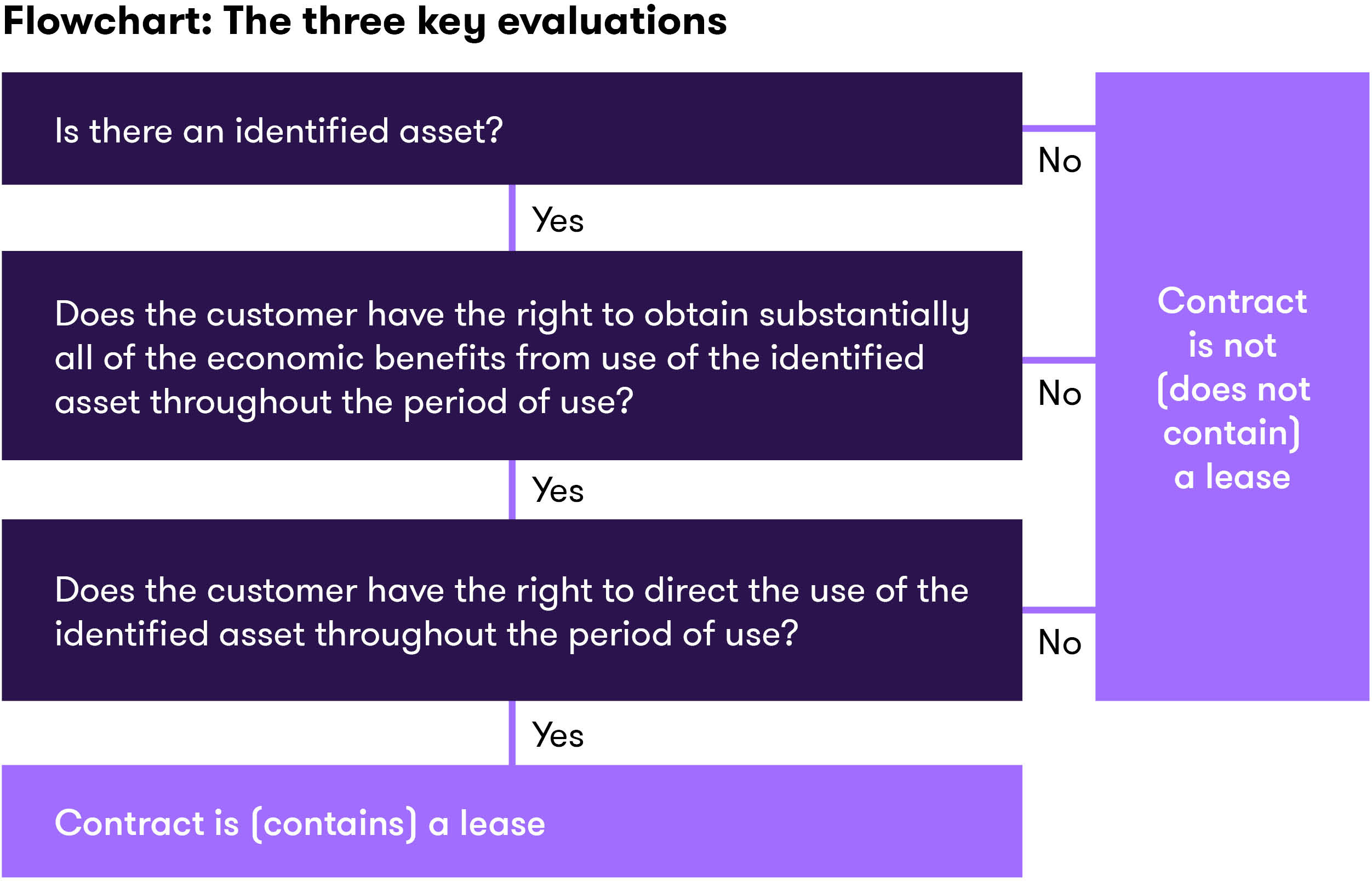The current economic environment and its impact on your financial statements
Fluctuating interest rates, ongoing contraction in GDP, and climate-related uncertainties will impact your financial statements (and there’s a separate set of mandatory climate standards for regulated institutions). This market volatility has affected business confidence, property prices, and increased our awareness of climate risks.
All of these factors point to the importance of considering various entity or industry specific scenarios - for example, a manufacturing entity with significant greenhouse gas emissions or a service provider with substantial goodwill. These circumstances illustrate the diverse challenges businesses face in demonstrating the current economic and environmental uncertainty in financial statements.
Indicators of impairment
Impairment indicators include a decline in asset fair value, changing market interest rates, adverse changes in the economic environment, and evidence of asset obsolescence or damage. These uncertainties highlight the need for businesses to be vigilant as these indicators may require impairment tests for assets previously not considered at risk.
Present value calculations
There are implications of falling interest rates for present value calculations. Lower discount rates can lead to higher fair values of assets, providing more flexibility in impairment calculations. However, changes in key assumptions, such as revenue growth and capital expenditures, can significantly impact these calculations. This highlights the need for careful attention to impairment, particularly in the current environment.
Climate-related risks
In response to growing concerns about sustainability, the International Accounting Standards Board (IASB) produced an exposure draft about climate-related and other uncertainties in financial statements. It outlines various climate-related risks, including physical risks (e.g., weather events), regulatory risks (e.g., emission allowances), and transition risks (e.g., investments in energy-efficient technology). To provide a comprehensive view of potential risks, it’s really important to the integrate climate-related disclosures into your financial statements.
Disclosures and judgements
Additional disclosures are required when existing standards don’t sufficiently communicate the impact of transactions and events on your organisation’s financial performance. Consider materiality judgements and the information users of your financial statements would find helpful.
In summary, the key message is that it's particularly important to periodically review material estimate and judgment disclosures in financial statements in light of current economic and environmental uncertainty.
Lease accounting
On 1 January 2019, the New Zealand international financial reporting standard on leases (NZ IFRS16) came into effect.
Five years and a pandemic later, here’s what we’ve learned from a lessees perspective.
What is a lease?
Under IFRS 16 a lease is defined as, “A contract, or part of a contract, that conveys the right to use an asset (the underlying asset) for a period of time in exchange for consideration.”
Over the last five years we’ve found it’s important to have processes in place to assess new contracts to determine whether they are, or contain, a lease.
An agreement may not specifically be called a lease to be considered a lease under this standard. For example, service-type arrangements such as transport, warehousing, and technology may contain a lease.

Do I have to account for all leases?
- Short term leases: A short-term lease is defined as a lease that, at the commencement date, has a lease term of 12 months or less, and does not contain a purchase option. For example, short term accommodation for workers or hiring equipment on an ad hoc basis. However, a rolling annual or monthly lease on your premises is not short term.
- Low value leases: This exception applies to cellphones, tablets and personal computers as well as small items of office furniture and telephones; it relates to the value of the underlying asset when new. A car does not qualify as low value because a new car would typically not be of low value.
When IFRS 16 first came in effect, $5,000USD was used as a rule of thumb for low value assets. This is not mentioned in the standard but was used as a guide. Five years on we have experienced inflation so there may be low value assets that are worth more than $5,000USD. Instead, you should apply the logic that office equipment like a cellphone is low value, but cars are not.
Has something changed?
Change in payments
This is probably the most common reassessment of your lease calculation with market rent reviews and adjustments relating to an index or rate being common practice. It is important to remember that these changes need to be factored into the lease calculation on a prospective basis.
The notable exception to this was where rent concessions were received during the pandemic; these didn’t need to be factored into your IFRS 16 calculations. However, this only applied to rent concessions on lease payments due on or before 30 June 2022.
Change in lease term

A change in lease term has been a common scenario over the last few years with weather events seeing motor vehicles being written off, businesses relocating, and square footage requirements changing.
Navigating artificial intelligence, automation and flexible working policies are becoming common as well.
This leads into a frequently asked question: When do I change the discount rate?
A new discount rate only needs to be applied to an existing lease calculation when there has been a change in:
- lease terms
- the assessment of the option to purchase
- a change in lease payments resulting from a change in floating interest rates.
There is also a concession in the standard for discount rates where you can apply the same rate to leases with similar characteristics called the “portfolio application”. However, you can only use this concession if the calculation would not differ materially if the concession wasn’t applied.
If there has been a change in term, a change in the option to purchase, a change in lease payments resulting from a change in floating interest rates or you are using the portfolio rate, it is likely that you need to increase the discount rate, when you consider that the official cash rate was 1.75% on 1 January 2019 and is now 4.75%
Has your lease terminated?

For example, if your property lease is about to expire and you re-negotiate to stay on in the property, this is a modification that wouldn’t be accounted for as a separate lease, unless you have increased the scope of what you are leasing; for example you might take on more carparks. Instead, you would re-measure. So, over the course of your business lifecycle your property leases will mostly only terminate if you move.
How to account for lease incentives
A lease incentive is when the lessor makes a payment to the leasee or reduces the lease cost.
Common forms are cash incentives and contributions to fit out at the commencement of the lease. In your lease calculations, these types of incentives reduce the right of use asset but do not affect the lease liability.
Another common scenario is a rent-free period at the commencement, that affects both your right of use asset and lease liability.
It should be noted incentives can take many forms, adding various levels of complexity to your lease calculations.
What about a sublease?
Subleasing means you need to apply the Lessor part of IFRS 16 and determine if the sublease is considered an operating or financing lease.
US GAAP v. NZ IFRS
When it comes to lease accounting under US GAAP, you can set and forget your calculations under more circumstances than you can for IFRS 16.
For example, a lease with payments adjusted annually for changes in the consumer price index are remeasured each year under IFRS 16. However, these are not re-measured under US GAAP.
The moral of the story
You can’t set and forget your lease calculations. You need processes in place to identify, assess and account for changes in existing leases as well as new leases.
Upcoming changes to the reporting landscape
There are several significant changes to International Financial Reporting Standards (IFRS) that will impact reporting entities currently and in coming years.
For financial reporting periods beginning on or after January 1, 2023, there were amendments to the disclosure of accounting policies, the definition of accounting estimates, and deferred tax related to assets and liabilities. These changes, affecting all Tier 1 and Tier 2 entities, aim to enhance the clarity and consistency of financial reporting. A key amendment included the replacement of ‘significant’ accounting policies with ‘material’ accounting policies, reflecting the greater guidance provided by IFRS to assist our understanding of the concept of ‘material’ accounting policies.
For financial reporting periods beginning on or after January 1, 2024 (i.e. 31 December 2024 and subsequent balance dates) further amendments to NZ IAS 1 came into effect, focusing on the classification of liabilities as current or non-current and the treatment of non-current liabilities with covenants. These amendments are designed to improve the information provided in financial statements about long-term debt where covenants have been breached, which could have significant implications for key financial ratios.
Looking ahead to January 1, 2027, new standards such as NZ IFRS 18 and NZ IFRS 19 will be introduced. NZ IFRS 18, titled, “Presentation and Disclosure in Financial Statements,” will bring substantial changes to how financial performance is reported. This standard introduces new categories and subtotals in the statement of profit or loss, including operating profit and profit before financing and income taxes. Additionally, it requires the disclosure of management-defined performance measures (MPMs) and specified expenses by nature. The aim is to provide more relevant and faithfully representative information about an entity’s financial performance, enhancing comparability and transparency.
NZ IFRS 19, which convers subsidiaries without public accountability, will not be adopted in New Zealand. Instead, the existing Reduced Disclosure Regime (RDR) will be retained.
Upcoming changes from IASB include exposure drafts for IAS 28, which proposes amendments to address application questions about the equity method of accounting, and for climate-related and other uncertainties. Additionally, there is a review and potential improvements to the Statement of Cash Flows under IAS 7.
We recommend Tier 1 reporters disclose the impact of NZ IFRS 18 or state the entity has not yet applied it. It is crucial to begin planning for the transition to these new standards, considering the potential impact on loan covenants and remuneration contracts.







